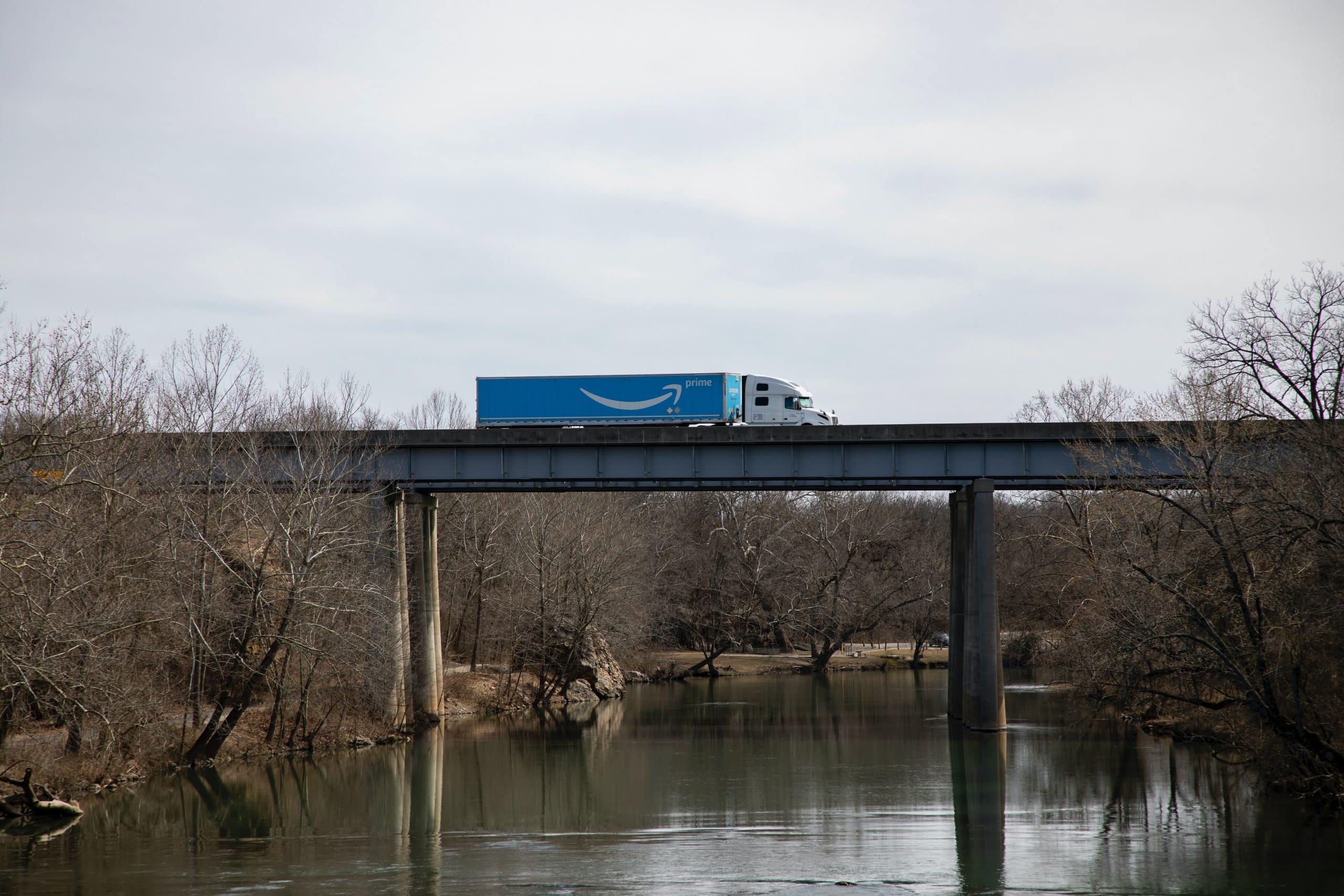What can we Learn from Amazon?
Introduction
Amazon, the world’s largest e-commerce retailer, offers valuable lessons to businesses of all sizes. Starting as an online bookstore, Amazon has now become a logistics giant by utilizing cutting-edge technology to create jobs, increase revenue, and enhance customer experience. As companies look to compete with Amazon, it’s crucial to learn from its success and adapt its strategies to their own needs. How can retailers provide an exceptional level of service without compromising their bottom line? What can we learn from Amazon’s approach to achieve sustainable growth and success?
How did Amazon start?
By incorporating the concept of a superior customer experience that combined the convenience of online shopping with the immense selection and value of a local bookstore, Amazon’s journey began with a basic idea. However, to actualize this vision, the company had to first seize customers’ attention and make its presence known. Through this process, Amazon demonstrated a crucial lesson: to succeed, you must learn to capture your target audience’s interest and become an integral part of their awareness.
It all began in 1994 with an online bookstore called Amazon.com. The company was founded by Jeff Bezos, who was fresh out of his New York hedge fund job and looking for something new to do. He had been reading about how much money people were spending on books and thought there might be a business selling them online instead of in stores.
At the dawn of e-commerce, purchasing books directly from publishers through their websites was not yet commonplace. Instead, people ordered books through fax or phone or physically went to bookstores. This is where Jeff Bezos had a revolutionary idea. He envisioned an online bookstore that would be accessible to everyone, anytime, and anywhere. By creating Amazon, he showed us that we can learn to think outside the box and seize opportunities where others see challenges.
The company quickly expanded into selling other products, like CDs and DVDs. Today it has become a one-stop shop, offering everything from clothes to toys to electronics.
In 2015, Amazon launched its line of streaming media devices called Amazon Fire TV. It also released the Kindle Fire HD tablet computer and introduced a Cloud Player service for storing music files online.
In addition to being an online retailer, Amazon also runs a publishing business through its subsidiary CreateSpace. The company also runs an e-reader software platform called Kindle Direct Publishing (KDP).

It took years to build the infrastructure behind Amazon’s logistics network to allow for same-day delivery.
Discover how Amazon built one of the most remarkable logistics networks in the world. Over the course of several decades, Amazon has created an infrastructure that enables the delivery of millions of items within 24 hours, including same-day delivery. By leveraging their proprietary technology and collaborating with local couriers and shipping companies, Amazon has achieved this remarkable feat. Learn about the strategies and tools Amazon used to create a logistics network that is unparalleled in its efficiency and speed.
How does Amazon get products to customers so quickly?
The organisation behind how Amazon operates is complex, but it boils down to three principles:
- There are no warehouses or inventory in any one location. Instead, the product arrives at “fulfilment centres” throughout North America, where it is ‘picked’ by employees who sort them into bins by size, weight and destination zip code before loading them onto trucks for delivery.
- Amazon has developed its fleet of planes and trucks that deliver goods directly from fulfillment centres to customers’ doorsteps (or their local post office). This allows them to avoid shipping goods through third parties like UPS or FedEx and have their schedules and fees that can add weeks or months to delivery times.
- Amazon uses sophisticated algorithms to predict customer demand based on past orders and other factors like weather conditions or seasonality trends; these algorithms allow them to plan shipments well in advance so that they do not run out of stock.

Amazon’s innovations have also allowed it to create millions of jobs and deliver millions of advertisers on its platform.
Learn how Amazon’s innovations have allowed it to create millions of jobs and deliver millions of advertisers on its platform and give customers a better experience.
If you are a digital marketer or business owner, there are many things we can learn from Amazon. For example:
- Amazon has always focused on building its infrastructure rather than relying on third-party providers. This means investing in innovative technology and creating internal tools that can be applied across different departments within the company. It also means building relationships with external partners to help their teams get things done faster.
- For any digital marketing campaign to succeed, it needs to generate leads (or signups) for your business—and these leads need to convert into customers at some point down the road. The best way to achieve this is through effective lead nurturing campaigns that guide potential customers through every step of their journey until they become paying users or members of your service or community.
“The more things change the more they stay the same.”
Discovering the secrets to Amazon’s astounding success is no small feat, but we can start by examining their impressive numbers. Amazon has surpassed expectations in virtually every aspect of their business, extending their reach far beyond their roots in literature and breaking into new markets such as fashion, home goods, and tech. According to Statista.com, a reliable resource for social media statistics, Amazon’s current valuation exceeds a trillion dollars – a staggering achievement that outshines even the likes of tech giant Apple, previously considered one of the most valuable companies in the world. By learning from Amazon’s incredible growth and expansion, we can gain valuable insights into what it takes to dominate in today’s rapidly evolving market.
But this begs another question: What can we learn from how big companies like Amazon operate? How do they grow much faster than other businesses offering similar services?
A leader and a follower…
Learn how Amazon, the largest online retailer in the world, has become a master of innovation by combining the best of both worlds – leading and following. Although it did not invent the internet, Amazon has leveraged existing technology to build a successful business. Amazon has a reputation for improving upon previous ideas through innovative enhancements rather than creating entirely new concepts. Discover how you too can learn from Amazon’s approach to innovation and apply it to your own business.
By studying Amazon’s growth, we can learn how the company leverages the success of others and adapts existing strategies to suit its needs. For instance, Amazon Prime Video relies on technology pioneered by Netflix and YouTube, while the integration of its grocery delivery service into Whole Foods stores echoes a similar approach used by Walmart’s acquisition of Jet.com in 2016. Similarly, Amazon’s decision to open brick-and-mortar stores in 2019 was not a revolutionary move but rather a page out of the playbook of retailers like Target who had been doing so for years.
By understanding Amazon’s innovative process, one can learn that some of their most successful ideas were inspired by other companies’ products or services. These companies either launched ahead of their time or were not marketed properly. Take Alexa as an example. Although it was introduced in 2014, it didn’t gain widespread popularity until 2017 when Apple integrated Siri with Amazon Echo devices, which by then had been renamed Alexa.

Conclusion
From its humble beginnings as an online bookstore, Amazon has grown into a behemoth that has made its founder one of the wealthiest people in the world. Through its innovative practices, Amazon has achieved remarkable success, and there is much we can learn from their journey. Although the future of retail is uncertain as Amazon continues to dominate both e-commerce and brick-and-mortar stores, one thing is certain: we can look forward to discovering valuable insights and lessons as we observe Amazon’s ongoing evolution more innovation from this company in the years ahead!



